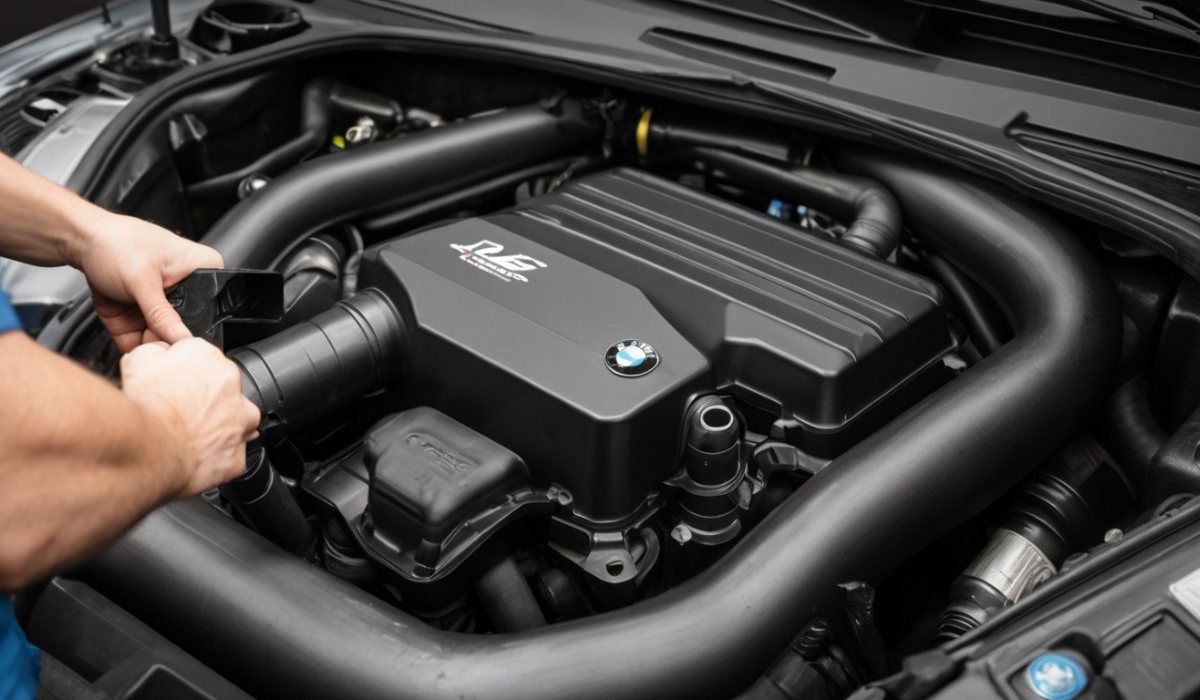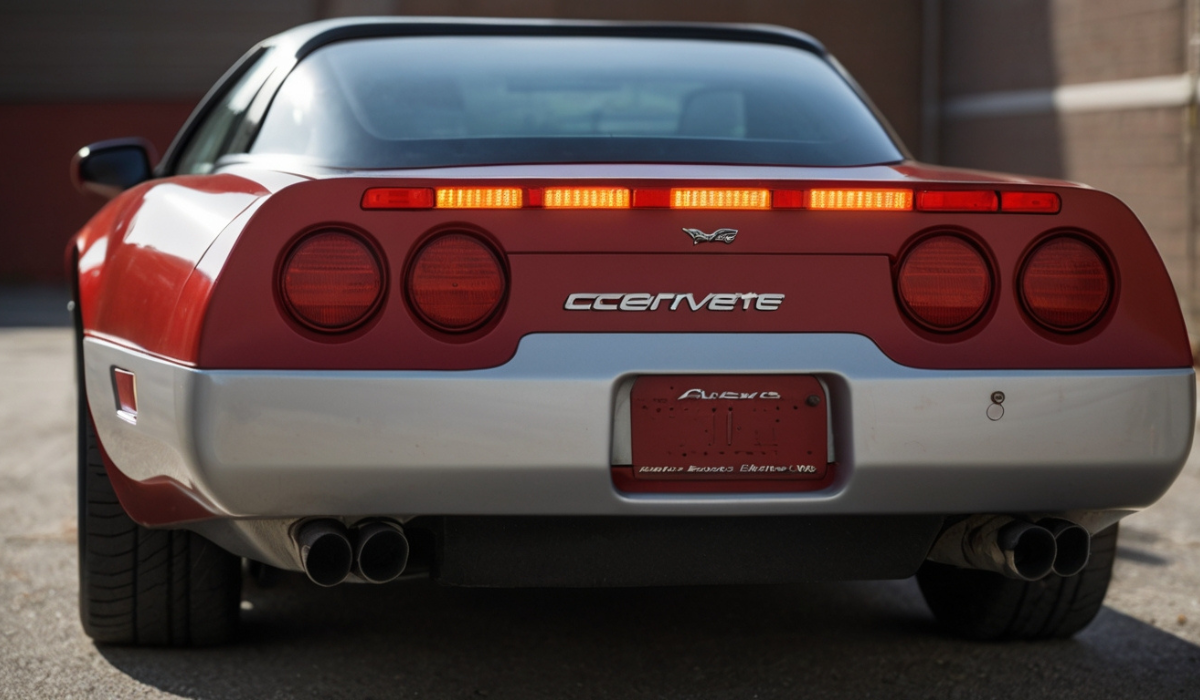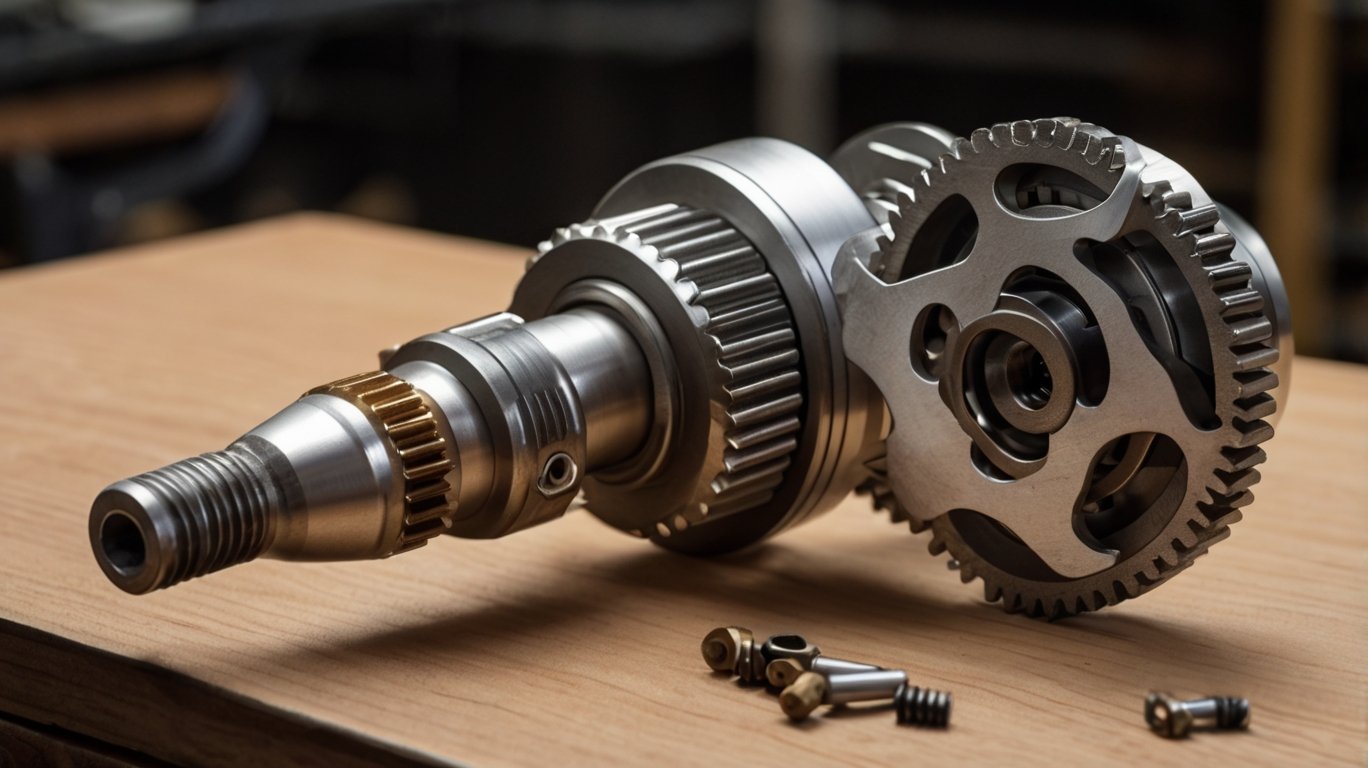BMW G20 Catch Can to Pass Inspection: A Complete Guide
Introduction
The BMW G20 Catch Can to Pass Inspection, a striking symbol of modern engineering, effortlessly merges performance with luxury. However, ensuring this masterpiece continues to run flawlessly and meets inspection standards requires diligence. One modification that has gained significant attention in the BMW enthusiast community is the installation of a catch can. While this device can optimize engine performance and preserve longevity, BMW G20 owners often question whether it could impact inspection compliance.
This comprehensive guide will explore the purpose of a catch can, how it benefits your BMW G20, and how to ensure it aligns with emissions laws to pass inspections. By the end of this read, you’ll feel confident using a catch responsibly without compromising compliance or performance.
What Is a Catch Can and How Does It Work?
Before discussing how a catch can influence inspections, it’s crucial to understand its purpose and how it works.
A catch can is an aftermarket device connected to a vehicle’s Positive Crankcase Ventilation (PCV) system. The PCV system allows excess gases, oil vapours, and contaminants from the engine’s crankcase to recirculate into the intake manifold, preventing pressure build-up and optimizing emissions. However, these impurities can build up over time, leading to decreased engine performance and potential damage.
A catch can solve this issue by “catching” harmful oil vapours, moisture, and contaminants before they re-enter the engine. Here’s what it does in detail:
- Traps Oil Vapors: Prevents oil from mixing with the air-fuel mixture, which can reduce efficiency.
- Extends Engine Life: Keeps critical engine components, such as the intake valves, clean.
- Preserves Performance: Ensures engines run smoothly by minimizing carbon build-up.
For BMW G20 owners, installing a catch can is a popular choice for maintaining peak vehicle performance. But does it complicate compliance with inspection standards?
Why Install a Catch Can on Your BMW G20?
Here’s how a catch can benefit your BMW G20 beyond the basics of engine maintenance:
A. Reduced Carbon Build-Up
Thanks to the direct injection system, modern turbocharged engines, like the BMW G20s, are prone to carbon deposits on intake valves over time. A catch can minimize these carbon deposits, keeping your engine cleaner.
B. Improved Engine Efficiency
With fewer contaminants returning to the engine, your G20 can achieve smoother combustion and better overall performance.
C. Boosted Longevity of Engine Components
A catch can help increase the lifespan of core engine parts by reducing the stress caused by oil and sludge build-up, saving you costly repairs down the line.
D. Better Fuel Efficiency
A cleaner engine with optimized performance translates to better mileage for your BMW G20.
While these benefits sound appealing, passing vehicle inspections is often the deciding factor for owners.
Passing Inspections with a Catch Can
Understanding Inspection Standards
Vehicle inspections, especially emissions tests, vary by region. They typically ensure your car complies with local environmental standards, with particular attention to the PCV system’s emissions behaviour. Since a catch can alter the engine’s ventilation system, you must tread carefully to ensure it doesn’t cause compliance issues.
The Legal Aspect of Modifications
To pass inspections:
1. Comply with Local Regulations
Some areas require modifications to meet specific emissions laws. For instance, a vent-to-atmosphere (VTA) catch can be restricted in certain regions due to its handling of hydrocarbon vapours. A closed-loop catch can is generally more compliant.
2. Avoid Check Engine Lights (CEL)
A poorly installed catch can trigger error codes or a CEL, which will almost certainly result in a failed inspection.
3. Revert to Factory Settings if Necessary
If your location has particularly stringent standards, you may need to temporarily remove the catch and revert to the factory PCV system for inspection.
Installing the Catch Can Properly
Proper installation is essential for maintaining performance benefits and compliance with inspection standards. Here’s what you need to know:
A. Choose a Closed-Loop System
A BMW G20 catch must follow your region’s ventilation laws. Closed-loop systems reintroduce filtered gases into the engine, which is often a legal requirement for road vehicles.
B. Use an Engine-Specific Design
Select a catch can designed for your BMW G20 to ensure a seamless fit with the vehicle’s PCV system. These products often guarantee compliance with factory specifications, minimizing risk during inspections.
C. Ensure Professional Installation (if needed)
If you’re not confident about installing the device, consult an experienced mechanic familiar with the BMW G20s and their unique configurations.
Maintenance Is Key to Passing Inspections
Even a well-installed catch won’t work effectively or pass inspection unless regularly maintained.
- Empty the Can Regularly
Depending on driving habits, empty the collected oil and contaminants every 3,000 to 5,000 miles.
- Inspect Connections
Check hoses and fittings during every oil change to ensure there are no leaks or signs of wear.
- Look Out for Error Codes
Use an OBD-II scanner to clear or resolve codes that indicate any emissions-related problems before inspections.
Expert Tips for Passing Inspection
1. Double-Check Everything Beforehand
- Ensure the catch can is empty.
- Tighten all connections and check for leaks.
- Confirm no warning lights are active on the dashboard.
2. Revert to the Stock PCV System (if required)
- If local regulations don’t allow aftermarket modifications, temporarily revert to your car’s original setup before inspection.
3. Keep Documentation on Hand
Some inspectors might have questions about your catch can setup. Having installation and product documentation readily available may help smooth the process.
FAQs BMW G20 Catch Can to Pass Inspection
Q1. Will a catch can void my BMW G20’s warranty?
A. Not necessarily, but it depends on your dealership and local laws. Check your warranty’s terms or consult your dealer before installing.
Q2. Is a vent-to-atmosphere catch can legal everywhere?
A. No, many regions prohibit VTA catch cans because they handle hydrocarbon vapours. A closed-loop system is safer for compliance.
Q3. How often should I clean my catch can?
A. Typically, every 3,000 to 5,000 miles or during each oil change.
Q4. Can I install a catch can myself?
A. Yes, but professional installation is recommended for optimal integration with your BMW G20’s engine.
Q5. What happens if my G20 fails inspection due to a catch can?
A. Resolve the issue (e.g., clear CEL codes or revert to the stock PCV system) and schedule a re-inspection once the problem is resolved.
Final Thoughts
A catch can is an excellent addition for BMW G20 owners looking to preserve engine performance and longevity while maintaining emissions compliance. However, navigating modifications and inspection laws requires caution. You can enjoy all the benefits without stressing about inspections by selecting the right catch can, ensuring proper installation, and following maintenance best practices.
Enjoy your smooth rides and sparkling compliance! And remember, every modification matters, whether it’s performance or legality.




Post Comment